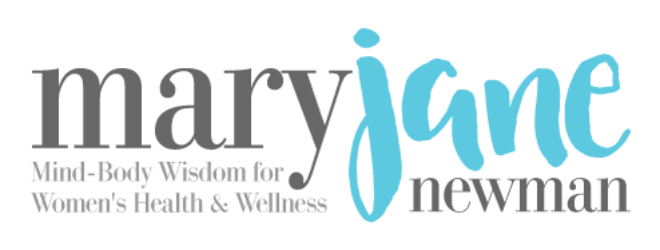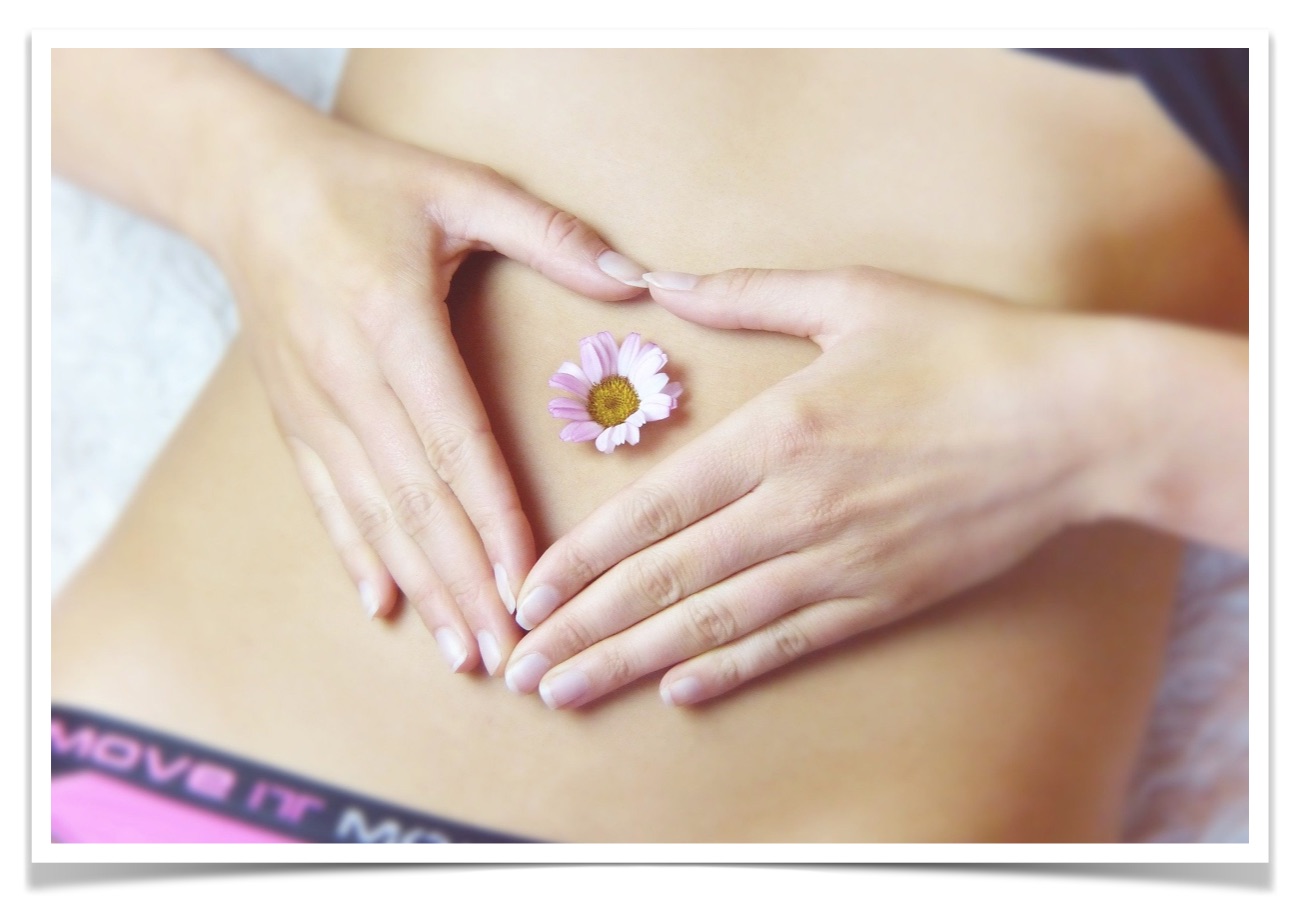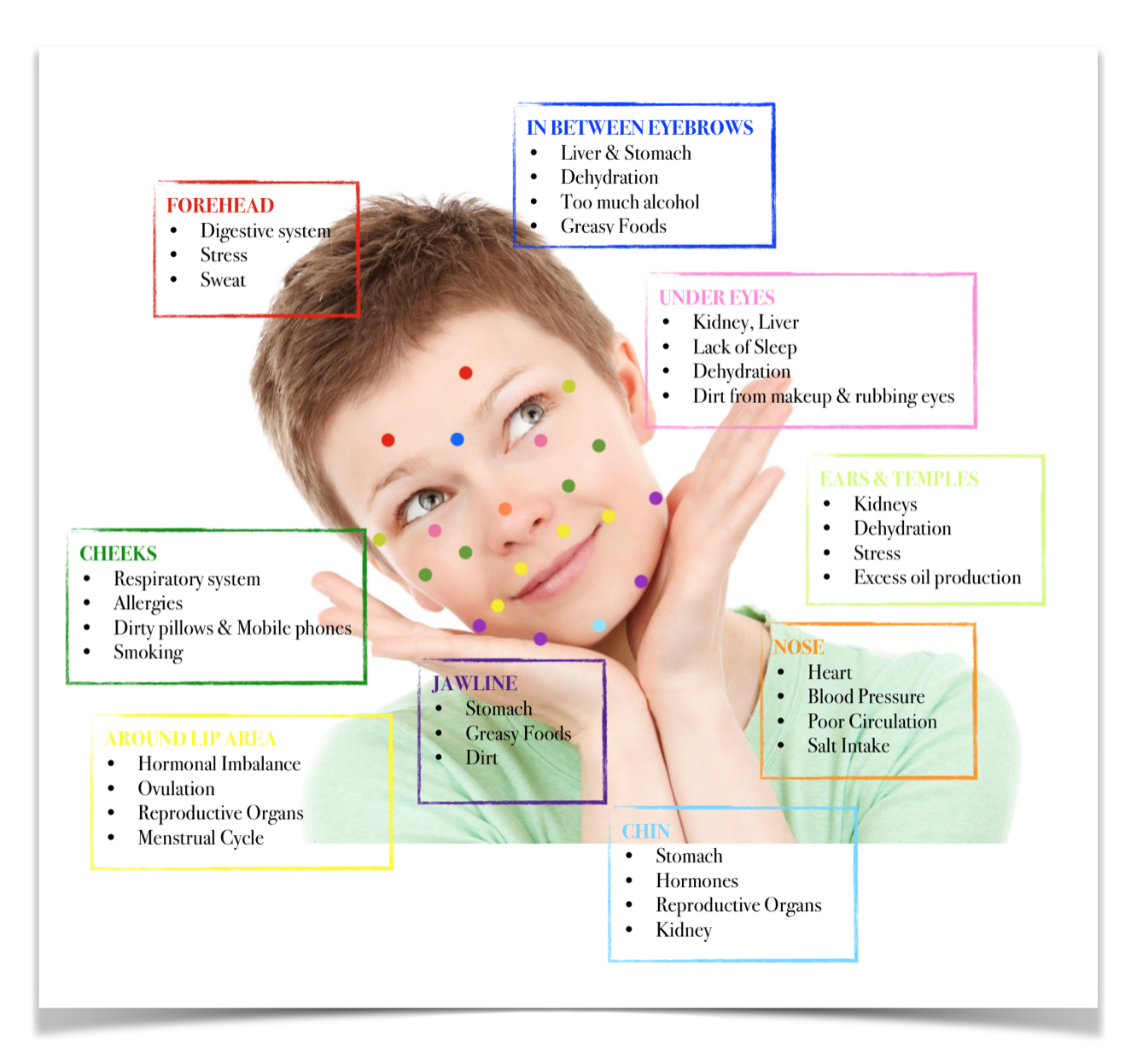~ the benefits of this ancient knowledge
The health of your tongue speaks volumes about your overall well-being and the ancient practice of looking after your tongue’s health dates back thousands of years from an Ayurvedic perspective. Ayurveda is the natural system of medicine, from India with over 5000 years of success, literally meaning ayur (life) and veda (science or knowledge). Thus, Ayurveda (a Sanskrit word) translates to knowledge of life.
Ayurveda teaches us to embrace specific lifestyle interventions and natural practices (or treatments) to support us to regain a balance between the body, mind, spirit, and the environment we occupy. One of these practices involves taking care of our tongue and the bonus in our busy western society is that this one doesn’t take long, even when done daily.
Tongue scraping is a simple morning habit to get into, in order to support greater health, according to ancient texts such as the Charaka Samhita. It’s quick and affordable and 100% easy to fit into any morning routine.
But what is it about tongue scraping which makes it so effective for our overall health? Well, let me share with you five simple benefits of this easy practice to help your tongue stay happy and healthy…
- Taking notice of your tongue each morning supports you to stay on top of your internal health. The tongue is a reflection of what is occurring within us i.e. the health of our body inside, which is often not seen or felt until symptoms are chronic. Thus, looking at your tongue each morning gives you regular updates on the state and balance of your health, supporting you to eliminate aspects such as food which may be aggravating you or an alert to something which needs deeper intervention to regain balance.
- The action of scraping your tongue each morning helps to remove unsupportive bacteria in your mouth. Your sleep time isn’t just for resting. Your body is working during your sleep time, digesting the food from the day and helping to process and eliminate unwanted toxins. This process of detoxing utilises the mouth as one way of ridding them from the body. Therefore, scraping the tongue each morning removes these toxins from your system and prevents them from being reabsorbed back into your body.
- Tongue scraping supports the stimulation of your vital organs, supporting overall digestion and elimination of waste from your body. Your tongue can be broken down into sections, with each part relating to specific organs in the body. So the act of ‘cleaning’ your tongue each morning, is like an indirect cleanse and support for these organs. It enlivens their function.
- Helps to reduce and remove bad breath. Unwanted bacteria in the mouth can appear as a coating on the tongue. If we do not clean this off each morning with tongue scraping, bad breath can begin to build up as a consequence.
- Your sense of taste is upgraded. If you consider the process of eating, digesting and eliminating, it all begins in the mouth with our sense of taste. Ayurveda places a great deal of emphasis on the health of a person’s digestion and this starts in the mouth. A regular, long-term coating on your tongue compromises the ability of your taste buds to function efficiently and effectively. You then add more condiments to help enhance your sense of taste e.g. salt or ketchup, which when not balanced appropriately with other ingredients in the meal, compromise and therefore decrease your body’s capacity and potential to digest, assimilate and use or eliminate food properly. Again, the knock-on effect is a build-up of toxins overall, which results in chronic imbalance over time, when repeatedly ignored.
How to tongue scrape in four steps.
- When you go to the bathroom after waking up, look at your tongue in the mirror. Notice if there is anything unusual in its appearance e.g. cracks; a white/grey/black/brown/reddish/yellow/green coating; spots; trembling; pale; thick, heavy/large – these are all indicative of imbalance.
- Once you’ve taken a quick look to notice anything different or odd, take your tongue scraper and make sure it’s clean before you begin. Simply rinse with warm water and soap if necessary.
- Then, gently glide the curved edge from the back of the tongue to the front/tip of the tongue, rinsing off after each stroke with warm water.
- Repeat step 3 up to ten times, to remove the residual build-up on your tongue, remembering to wash your scraper once completed, storing it in a dry, clean place for the following morning. Then just brush your teeth as normal afterwards.
Top Tips
-
- Be gentle in this process – no need to be aggressive. And there shouldn’t be any discomfort, bleeding etc.
- This is an activating process on the body system…therefore it’s best carried out in the morning, not before bed, when you do not want to stimulate the system.
- Avoid aggravating any symptoms which may already be present – hence the gentle approach. Also, there are naturally raised bumps at the very rear of your tongue. Avoid scraping these or be gentle if you do go over them.
 So let’s get you going with your tongue scraping, help rebalance your inner health and avoid chronic illness – purchase your scraper here now. If you don’t know which one to get because you’re unsure of your Ayurvedic body type, go for a stainless steel one, which works for everyone.
So let’s get you going with your tongue scraping, help rebalance your inner health and avoid chronic illness – purchase your scraper here now. If you don’t know which one to get because you’re unsure of your Ayurvedic body type, go for a stainless steel one, which works for everyone.
To find out more about your Ayurveda constitution and how this form of medicine can support you, contact me today.




